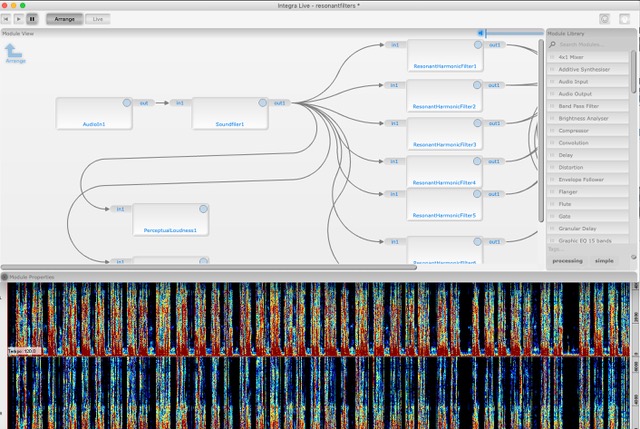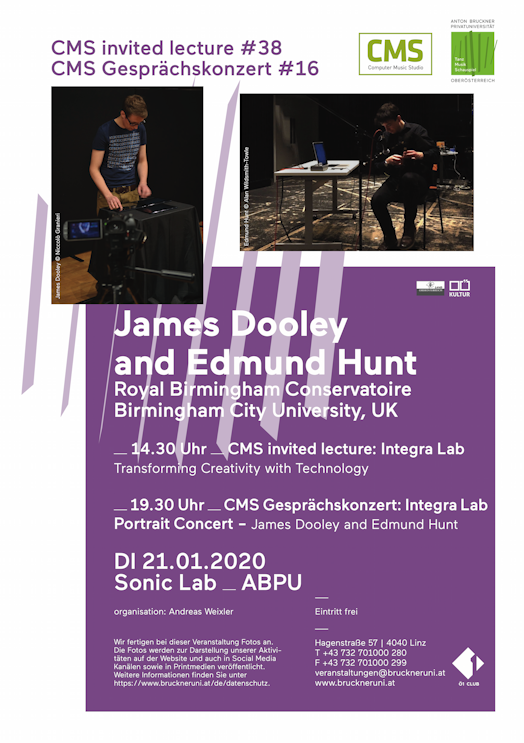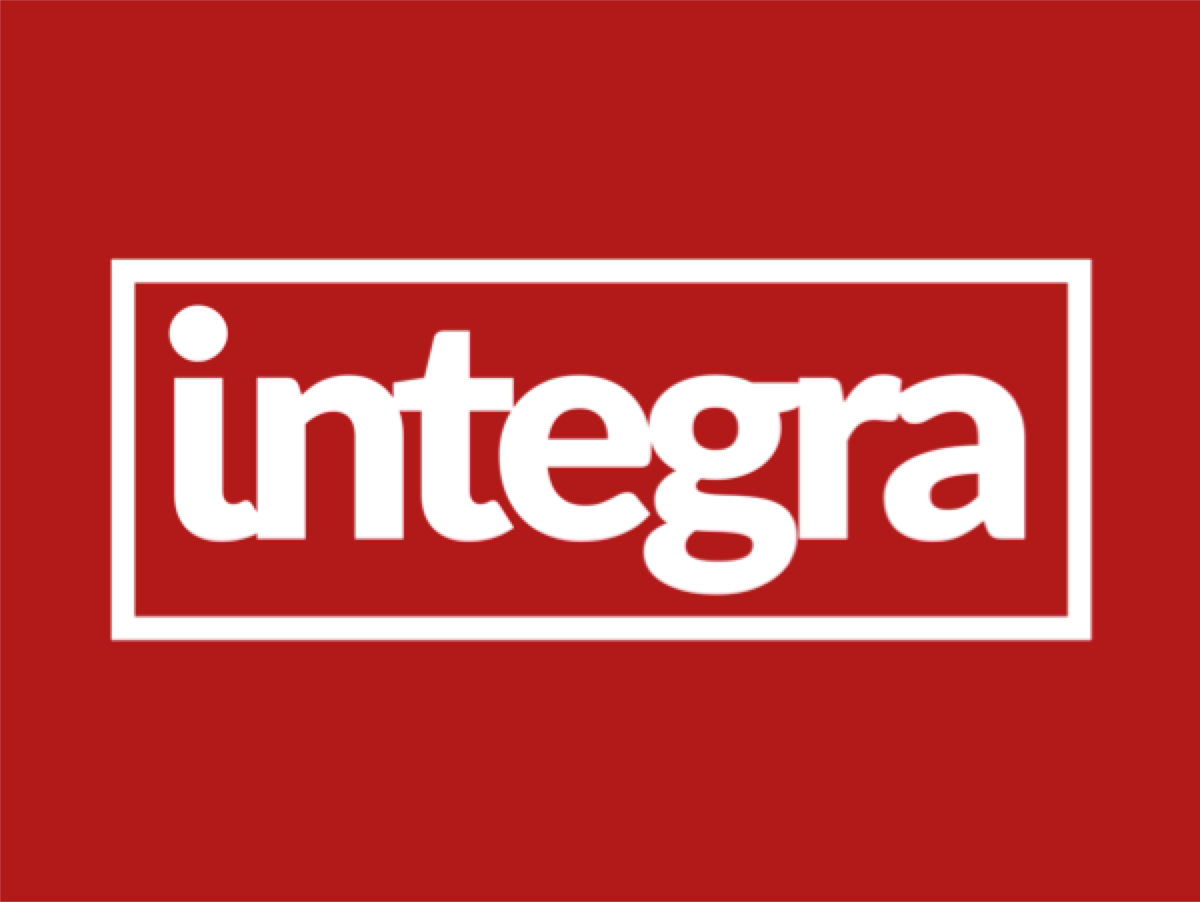
 flyer
flyer





bio´s:
Dr James Dooley
Lecturer in Music Technology | Integra
Lab Co-ordinator
Royal Birmingham Conservatoire | Birmingham City
University
James Dooley is an
artist and researcher based in Birmingham, UK, who also performs
under the pseudonym "formuls". Primarily working in the medium
of sound, his performance and installation works explore a
combination of interaction design, audiovisual and environmental
elements to create emergent forms exploring the boundary and
interaction between autonomy and synchrony. His work has been
exhibited internationally at festivals including Lunar Festival
(UK), London Design Festival (UK), SPECTRA (MY), SonADA (UK),
Electric Nights (GR), Slingshot (US). He is Lecturer in Music
Technology at Royal Birmingham Conservatoire, where he also
co-ordinates Integra Lab.
https://formuls.bandcamp.com
https://vimeo.com/formuls
Dr Edmund Hunt
Postdoctoral Research Fellow in the Arts, Design and Media,
Birmingham City University,
Researcher and Composer in Residence at Integra Lab, Royal
Birmingham Conservatoire
Edmund Hunt composes instrumental, vocal and electroacoustic
music. He came to composition via a degree in early medieval
languages and literature, and his composition PhD (completed in
2018, at the Royal Birmingham Conservatoire, UK) investigated
creative approaches to early medieval text in contemporary
music. Edmund’s music has been broadcast on BBC Radio 3 and has
been performed in contemporary music festivals across Europe,
including MusicCurrent (Dublin), Composit Academy (Italy) and
IConArts (Romania). In 2014, Edmund’s orchestral piece
‘Argatnél’ was premiered by the London Philharmonic Orchestra at
London’s Southbank Centre, as part of the LPO’s Leverhulme Young
Composers’ Programme.
In 2018, Edmund was appointed the Royal Philharmonic
Society/Wigmore Hall Apprentice Composer, leading to a new work
for Diphonon Duo (accordion and viola). In April 2018, he was
selected for Sound and Music’s ‘New Voices’, receiving funding
and support to compose a work for string quartet, live
electronics and dance. Since 2018 Edmund has been a Postdoctoral
Research Fellow based at Integra Lab, Royal Birmingham
Conservatoire, Birmingham City University, where he focuses on
practice based research in composition, electroacoustic music
and language. Current and forthcoming projects include a work
for dancer, string quartet and live electronics (based on an Old
English poem) in 2020, and a research project entitled
‘Augmented Vocality: Recomposing the Sounds of Early Irish and
Old Norse’ which is provisionally scheduled to begin in 2020.
Concert program
The Lament of
the Last Survivor (2019) (10’) Edmund Hunt
Ungelīc is Ūs
(2016 – this version 2019) Edmunt Hunt
SKIN (2018) (13’) – electroacoustic fixed media
by Edmund Hunt with film by Jo Berry
formuls
(
20”)
James Dooley
The piece is based on a poem, known as ‘The Lament of the Last
Survivor’, from the Old English epic Beowulf. ‘The
Lament of the Last Survivor’ is spoken by a man who is the
last member of his tribe, who decides to hide his wealth in a
cave. He recites a lament to the cave, saying ‘you, earth, can
now keep this treasure, because all my family has died’. After
his death, a dragon is attracted to the treasure, killing
anyone who tries to steal from it and terrifying the people
who live nearby.
The piece begins with a live recitation of the words that the
man speaks to the cave. All the sounds of the piece are
created from my reading of the poem.
Ungelīc is Ūs (2016 – this version 2019) Edmunt
Hunt
Ungelīc is ūs (literally ‘we are apart’ or ‘there is a
difference between us’) is the refrain of the Old English poem
on which this work is based. The poem, known as Wulf and
Eadwacer, is essentially a monologue in which a woman appears
to lament the animosity of her family, her isolation on an
island in the marshes, and her separation from her lover and
child. The piece was based on spoken and sung fragments of the
Old English text, drawing on an earlier setting of the same
poem entitled We Are Apart; Our Song Together performed by
mezzo-soprano Lucie Louvrier. The purpose of Ungelīc is ūs
was to explore the idea of a paraphrase. Vocal samples were
edited, transformed and recombined in different ways, in order
to allude to the poem’s windswept, watery landscape and to
give voice to the man (or men) about whom the woman sings.
SKIN (2018) – electroacoustic fixed media by
Edmund Hunt with film by Jo Berry
SKIN is an electroacoustic fixed media composition, with
visual art by BCU lecturer and artist Jo Berry. Much of Jo
Berry’s work involves the creation of abstract digital art
based on images derived from medical microscopy. In composing
this piece, my main objective was to develop a musical
framework that might mirror and compliment Jo Berry’s
processes.
When considering a musical response to abstract visual art
derived from a human source, I was drawn to Trevor Wishart’s
discussion of sonic metaphor, exemplified by works such
as Red Bird (1977). In Red Bird, vocal
material is frequently transformed into non-human sounds, such
as birdsong or gunfire. In my doctoral work, I explored some
of these ideas in relation to untranslated early medieval
poetry, by transforming the electroacoustic voice into sounds
reminiscent of the imagery described in a particular poem.
In SKIN, I took this process one stage further, by
shortening or transforming the Old English source material so
that most of the semantic content disappeared. My aim was to
create a continuum that ranged from material in which the
human origin was clearly evident (in the form of words and
vocal timbre), to sustained sounds and drone-like sonorities
based on upper partials of the singing voice. In this way, I
intended to mirror and compliment Jo Berry’s artwork in which
images varied from purely abstract colours and textures to
clearly identifiable charts, graphs and scans.
This work was first presented at the Research Centre for Bio
Interfaces, University of Malmö, in October 2018.
formuls is the audiovisual performance environment created by
James Dooley. The performance sculpts and layers primary
sounds and visuals into a kaleidoscopic mesh of finely tuned
noise, pulsating rhythms and responsive abstract visuals using
the open source software Pure Data/GEM and FAUST. Generative
algorithms are manipulated by three touch interfaces. Without
the use of existing samples or presets, sounds are sequenced
and manipulated in a variety of ways, with visualisations
responding to the ever evolving timbral qualities of the
synthesised sounds.

SKIN (2018) (13’) – electroacoustic fixed media
by Edmund Hunt with film by Jo Berry
formuls
(
20”)
James Dooley,
Technical
requirements: Stereo channels to house PA; projector with HDMI
connection